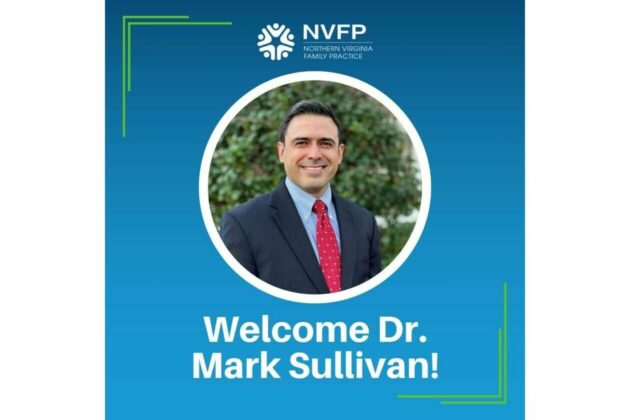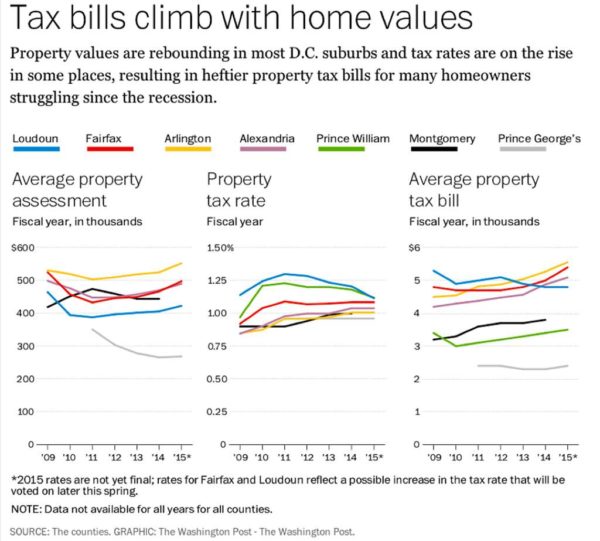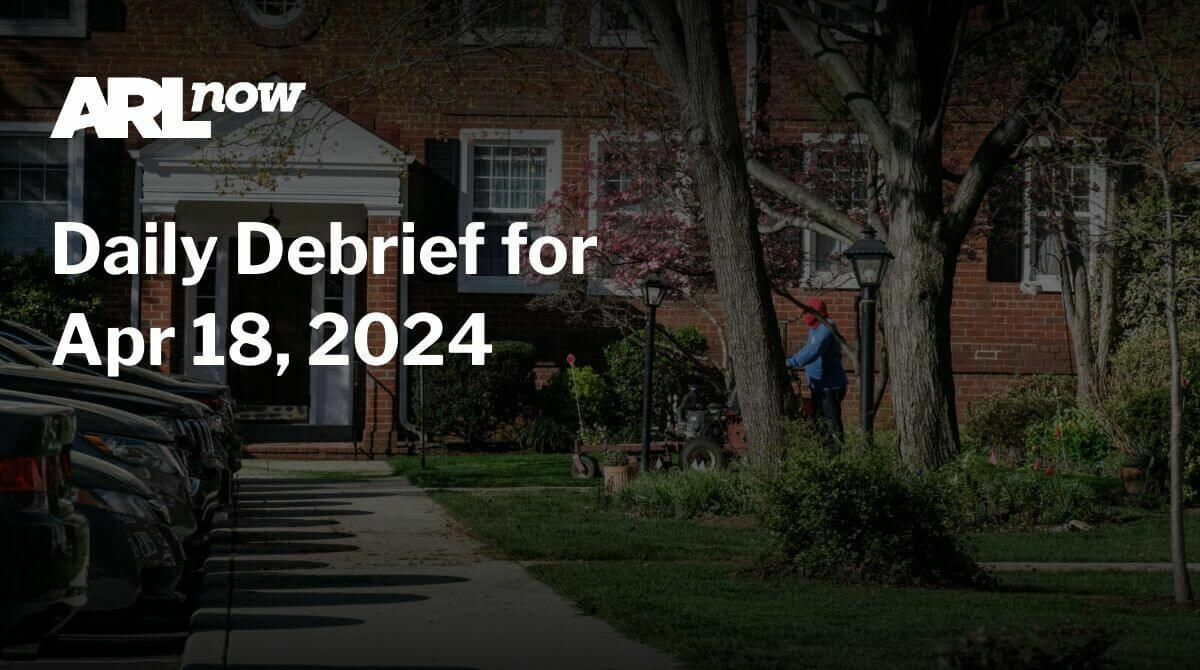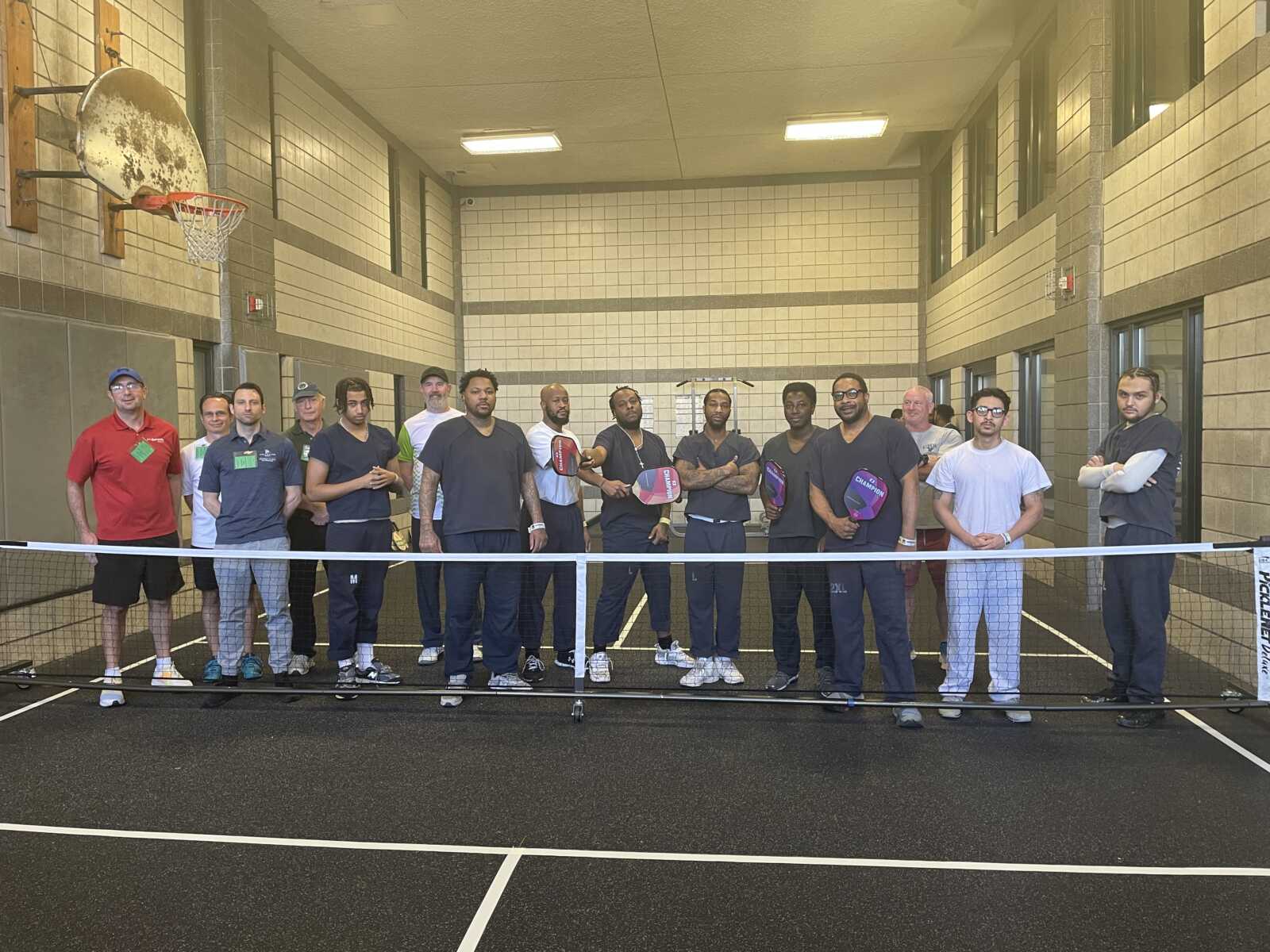 Peter’s Take is a weekly opinion column. The views and opinions expressed in this column are those of the author and do not necessarily reflect the views of ARLnow.com.
Peter’s Take is a weekly opinion column. The views and opinions expressed in this column are those of the author and do not necessarily reflect the views of ARLnow.com.
In last week’s column, I discussed the County’s General Fund (GF) Fund Balance. The County Manager subsequently posted a proposed FY 2017 Close-Out Report and 5-year budget forecast.
The 5-year budget forecast projects ballooning deficits in the out years.
Past Practices and Policies
Based on past County Board actions and policies, the County Manager historically has allocated the majority of any close-out surplus either to a spending category or, if needed, to keep the County’s reserves at the current required minimum (5 percent of operating expenditures).
The Manager also typically has identified a small remaining portion of the surplus (the available balance) that has not yet been allocated to any purpose. Over a seven-year period, this unallocated surplus has ranged from $36.1 million (FY 2012) to $11.1 million (FY 2017). Every penny of surplus revenue exceeding the dedicated 5 percent minimum operating reserve gets allocated to spending.
Last week, I posed this question:
Does County government commit or earmark too much surplus revenue for spending rather than beefing up reserves or offsetting tax or fee increases?
The answer is: yes. Therefore, the County Board should act this November to change or clarify the County’s policies regarding both allocated (particularly the “assigned” or earmarked portion) and unallocated close-out surplus funds. This transition might take more than one year because organizations and individuals have planned based on the County’s current seriously-flawed approach.
Increasing Reserves
Because the County holds a large balance of earmarked/assigned funds in its GF Fund Balance ($51,946,981 million in FY2016), it has argued that it has sufficient flexibility, and doesn’t need more than a 5 percent operating reserve.
The credit/bond rating agencies (Fitch, S&P and Moody’s), however, view this earmarked money as being of questionable availability to pay debts. So, they recommend that the County raise its dedicated operating reserve toward 10 percent.
Offsetting Tax Increases
In 2016, the Civic Federation passed a resolution asking the County Board to use a “fair and reasonable” portion of the close-out surplus to offset tax increases.
Why? Because the cumulative impact of successive real estate tax increases (a combination of assessment and/or tax-rate increases) has become burdensome for many County residents and businesses, as The Washington Post has documented:
These cumulative increases — assessment or tax rate, or both — make housing less affordable for all Arlingtonians, and render our expensive commercial office space less competitive (as tax increases are passed along to tenants by property owners).
Real estate tax increases disproportionately harm residents living in the County’s committed “affordable” housing units — undermining the housing subsidies the County provides — as well as those lower/middle-income and fixed-income residents who receive no County housing subsidy.
Conclusion
The County Board should act this November to change or clarify Arlington County’s current seriously-flawed approach to allocating close-out surplus funds. This is a major issue that extends far beyond the unallocated surplus (this year: $11.1 million).
Whether the County Board chooses to lessen the impact of tax increases in the upcoming fiscal year, add to dedicated reserves or simply stash the cash in a flexible “unassigned” category, Arlington County’s current approach of spending or earmarking every penny of surplus revenue isn’t in our community’s best interests.
The current “budget roundtables” could be strengthened substantially if the public were offered a manageable number of choices, each of which would eliminate the ballooning five-year deficits forecast by the Manager.
Recent Stories

Unlike our competitors, Well-Paid Maids doesn’t clean your home with harsh chemicals. Instead, we handpick cleaning products rated “safest” by the Environmental Working Group, the leading rating organization regarding product safety.
The reason is threefold.
First, using safe cleaning products ensures toxic chemicals won’t leak into waterways or harm wildlife if disposed of improperly.
Second, it’s better for you and your family. Fragrant chemicals in surface cleaners can expose you to a similar amount of pollutant particles as a busy city road, New Scientist reported.

Northern Virginia Family Practice (NVFP), known for its comprehensive concierge healthcare, is thrilled to introduce Mark Sullivan, MD as the newest member of its family medicine team.
Dr. Sullivan brings a wealth of experience in family medicine, underpinned by a passion for delivering personalized, patient-centered care. He has a distinguished background in managing various medical conditions, emphasizing preventive care, health education and chronic disease management. Dr. Sullivan is adept at employing the latest medical research and technologies to enhance patient outcomes.
Beyond his medical expertise, Dr. Sullivan is committed to the well-being of his community, demonstrating this through his active engagement in local health initiatives and educational programs. His approach to medicine is holistic, focusing on integrating physical, mental and emotional health and patient education to achieve optimal patient wellness.
Dr. Sullivan is now accepting new patients at their newly established Arlington office at 2445 Army Navy Drive, Arlington, VA, 22206. The office, known for its patient-friendly amenities and state-of-the-art medical facilities, continues to provide the exceptional, personalized care NVFP is known for in its newly upgraded Arlington location.
Sweeney Todd
A victim of a gross injustice that robbed him of his wife and child, Sweeney Todd sets about exacting a terrible revenge on society.
Fascination
Goth-Dark Wave Dance Party with Belly Dancing and Drag King Show.
Part of OurAlternative Thursdays for Alternave People with Alternative Lifestyles
Performances By
Belladonna and the Nightshades
Ya Meena
Drag King - Ken Vegas
DJ Michelle Guided








